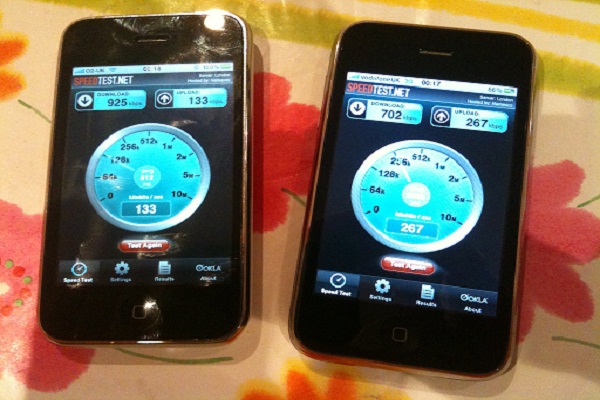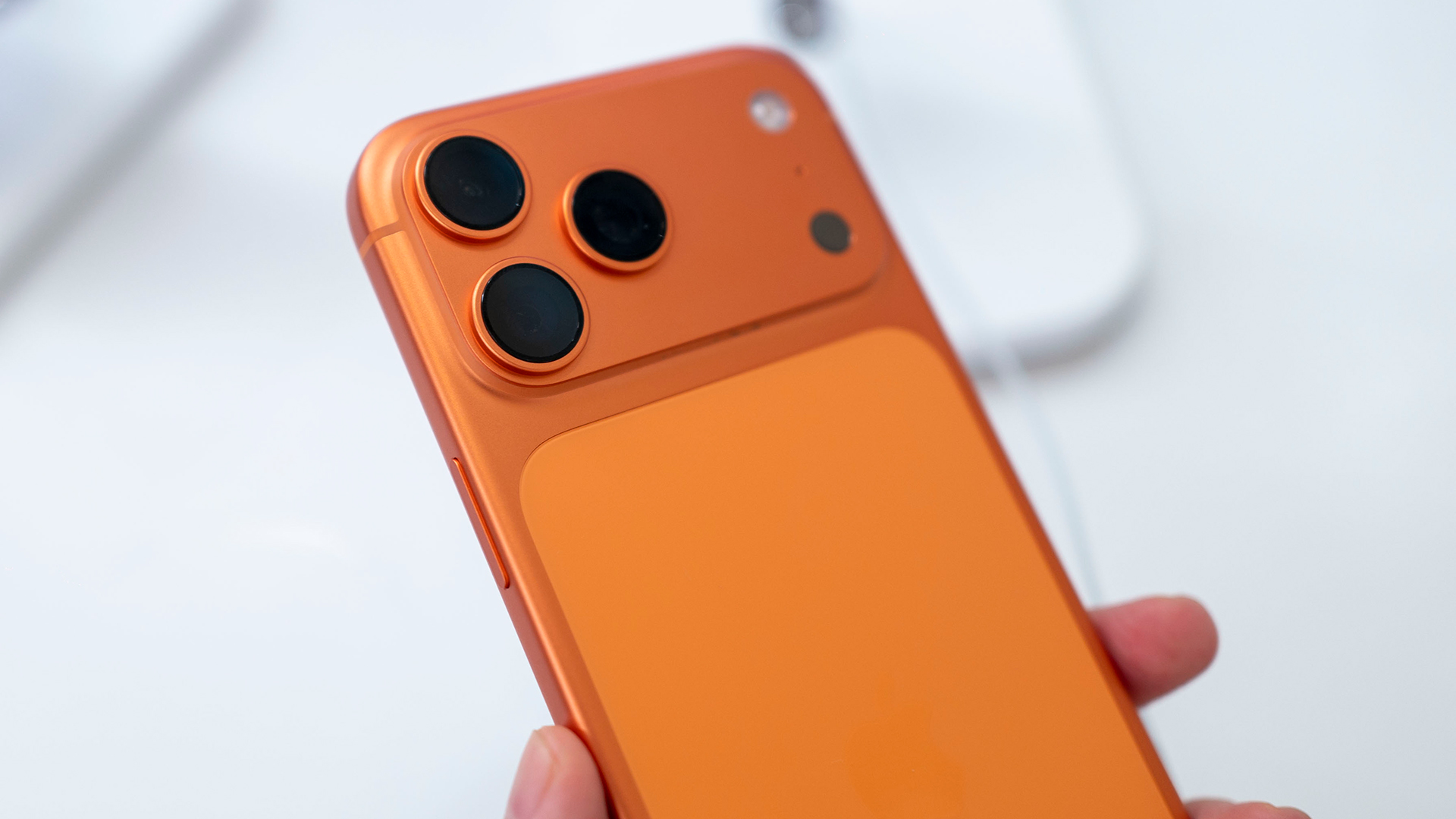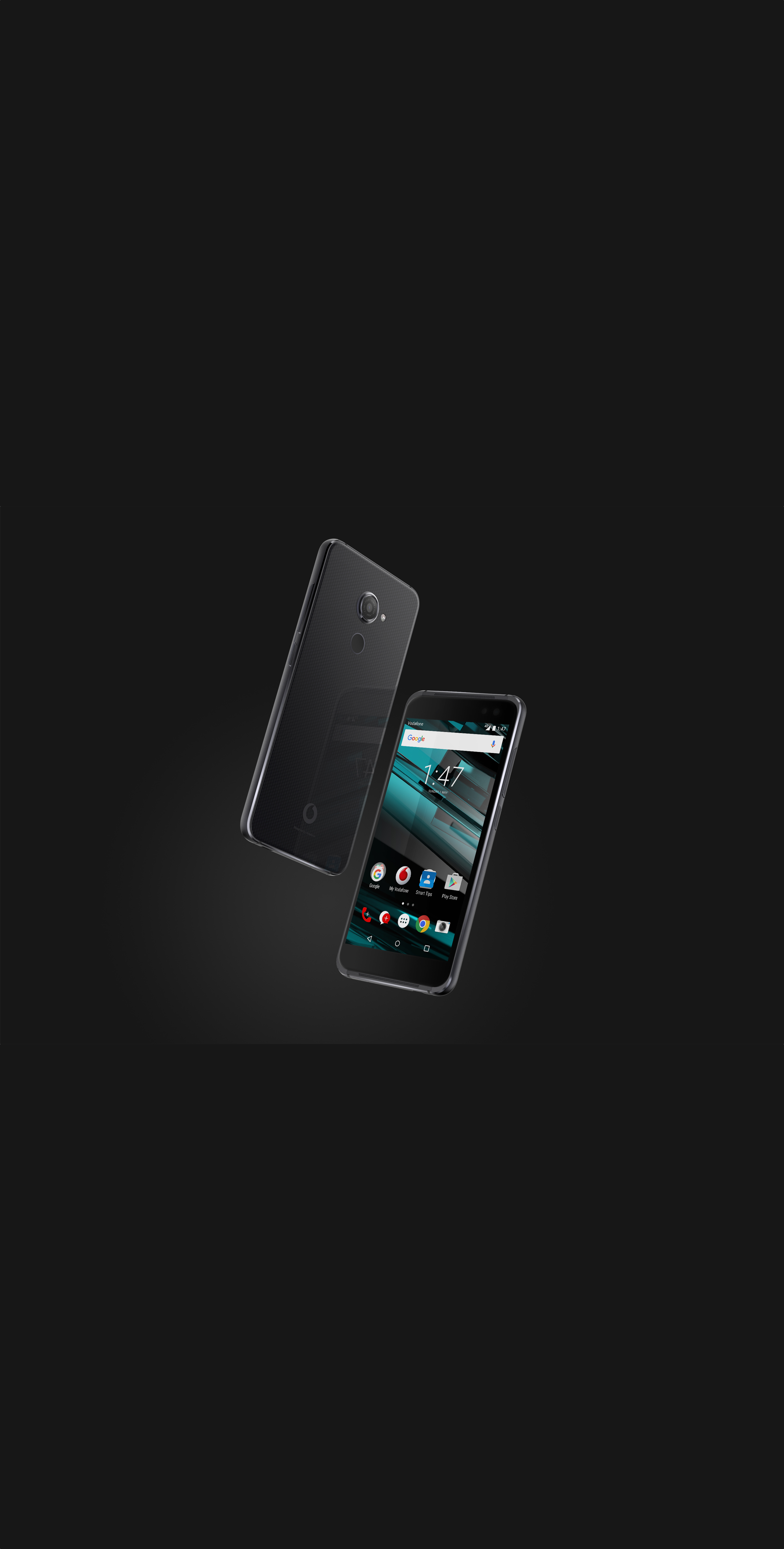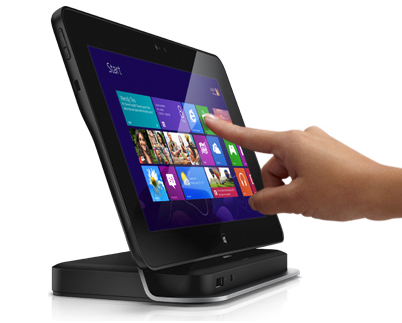Head to head: iPhone on O2 vs Vodafone
As Vodafone gets its paws on the iPhone we take one out on the road to see how it compares with O2.


It's been a long time coming but after nearly two-and-a-half years of exclusivity, the iPhone is now available in the UK from no less than four suppliers, O2, Orange, Vodafone and Tesco Mobile.
Many in the industry believe that O2 paid an arm and a leg for its initial exclusivity, in a bid to establish itself as the UK's leading network. It's a bid that clearly worked, as until the merger deal between Orange and T-Mobile comes to fruition, O2 will remain the network with the largest customer base in the UK.
However, O2 has found itself to be a victim of its own success with its network having gone down several times last year under the strain. One of the attractions of the iPhone is that it remains the best device for browsing the internet wherever you are without having to rely on Wi-Fi. So, if you can't use it effectively wherever you are, then much of its appeal is gone.
As Vodafone is the latest to join the iPhone party, we took an O2 iPhone and a Vodafone-powered iPhone out on the road to see how they compared.
We looked at three areas - tariffs, customisation and, finally, network performance.
Tariffs
When it comes to tariffs there was hope that when O2 lost its iPhone exclusivity the competition would start a price war, but sadly this has proved not to be the case. O2 and Vodafone are essentially matched and the differences are minor. Taking the typical 35 a month 24-month tariff, Vodafone will charge you 89 and give you 600 minutes and unlimited' texts. On O2, the only difference is that the mobile giant gives you 500 texts, but unless you're a text monster, for most individuals and small businesses that would be tantamount to unlimited.
Sign up today and you will receive a free copy of our Future Focus 2025 report - the leading guidance on AI, cybersecurity and other IT challenges as per 700+ senior executives
Benny Har-Even is a twenty-year stalwart of technology journalism who is passionate about all areas of the industry, but telecoms and mobile and home entertainment are among his chief interests. He has written for many of the leading tech publications in the UK, such as PC Pro and Wired, and previously held the position of technology editor at ITPro before regularly contributing as a freelancer.
Known affectionately as a ‘geek’ to his friends, his passion has seen him land opportunities to speak about technology on BBC television broadcasts, as well as a number of speaking engagements at industry events.
-
 I couldn’t escape the iPhone 17 Pro this year – and it’s about time we redefined business phones
I couldn’t escape the iPhone 17 Pro this year – and it’s about time we redefined business phonesOpinion ITPro is back on smartphone reviews, as they grow more and more intertwined with our work-life balance
-
 When everything connects, everything’s at risk
When everything connects, everything’s at riskIndustry Insights Growing IoT complexity demands dynamic, automated security for visibility, compliance, and resilience
-

 Vodafone Smart Platinum 7 review
Vodafone Smart Platinum 7 reviewReviews The network own-brand phone that looks surprisingly luscious
-
 Vodafone Smart Prime 7 review
Vodafone Smart Prime 7 reviewReviews This £75 smartphone might be cheap, but it’s subprime
-
 Mobile phone operators hike up access charges
Mobile phone operators hike up access chargesNews The price increase affects calls to 084, 087, 09 and 118 numbers
-
 Vodafone re-enters broadband market with cut-price fibre
Vodafone re-enters broadband market with cut-price fibreNews Connect fibre service sports free router and companion app, but expert questions availability
-
 BT returns to mobile market with super-cheap 4G
BT returns to mobile market with super-cheap 4GNews But can the telco muscle in on mobile without offering top-end consumer phones?
-
 Dell ties up with O2 to punt out-of-box mobile connectivity
Dell ties up with O2 to punt out-of-box mobile connectivityNews NetReady PAYG Sim pre-installed in laptops and tablets
-
 O2 splits tariffs to allow early phone upgrades
O2 splits tariffs to allow early phone upgradesNews Mobile operator to allow customers to get the new phone they want without ditching airtime contract.
-
 Orange and T-Mobile customers hit with 3.3% price hike
Orange and T-Mobile customers hit with 3.3% price hikeNews Pay monthly customers to pay around 70p more a month, operators confirm.
